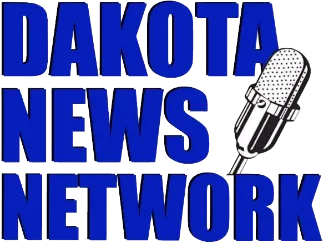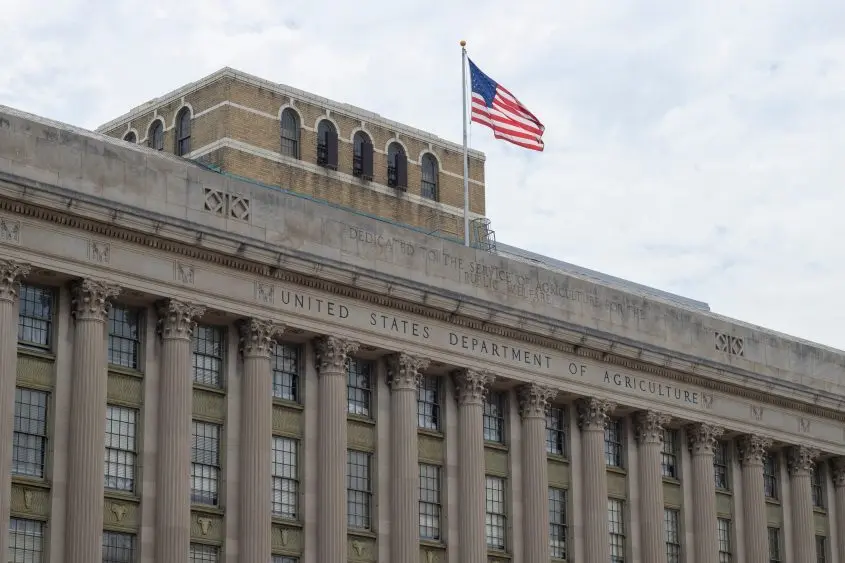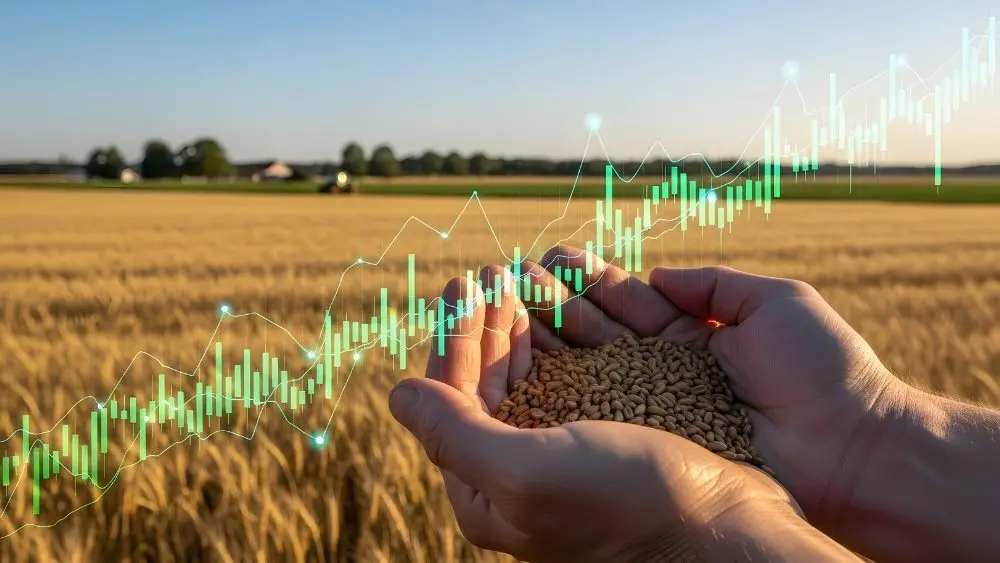The U.S. federal government shutdown that began Wednesday will halt some payments to farmers and delay access to federal farm loans, adding to the mounting financial strain on producers already coping with low crop prices, record-high debt, and trade uncertainty at the height of harvest season. According to Reuters, the scope of the shutdown’s potential impact on U.S. agriculture began to emerge midweek, as many farmers faced the risk of disrupted cash flow during one of the most critical times of the year. “It costs money to run those combines,” said Chad Hart, agricultural economist with Iowa State University. Even short interruptions in payments could deepen the economic turmoil across rural America.
The shutdown forced the U.S. Department of Agriculture to suspend several key services, including the issuance of weather-related disaster payments, the processing of farm loans, and technical assistance for conservation programs. According to the USDA’s contingency plan, more than 42,000 of its 85,000 employees have been furloughed, halting a wide range of operations that farmers depend on. Programs within the Farm Service Agency, Natural Resources Conservation Service, and Risk Management Agency are largely on pause, while essential services such as food safety inspections under the Food Safety and Inspection Service continue.
The stoppage also delays billions of dollars in disaster aid authorized under President Donald Trump’s tax-cut and spending bill. That money was intended to help farmers recover from losses tied to weather disasters and volatile market conditions, but now remains frozen until Congress passes a funding measure. The USDA’s suspension of its October World Agricultural Supply and Demand Estimates (WASDE) report adds another layer of uncertainty, leaving farmers and traders without updated crop and price projections.
Analysts warn that if the shutdown drags on, the effects will ripple through the broader farm economy. Many producers rely on timely federal payments and loans to cover fuel, input, and equipment expenses during harvest. Without those funds, smaller operations could face especially severe liquidity pressures. “The longer the shutdown lasts, the more difficult it becomes for farmers to meet their financial obligations,” Hart said.





